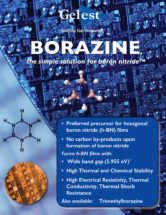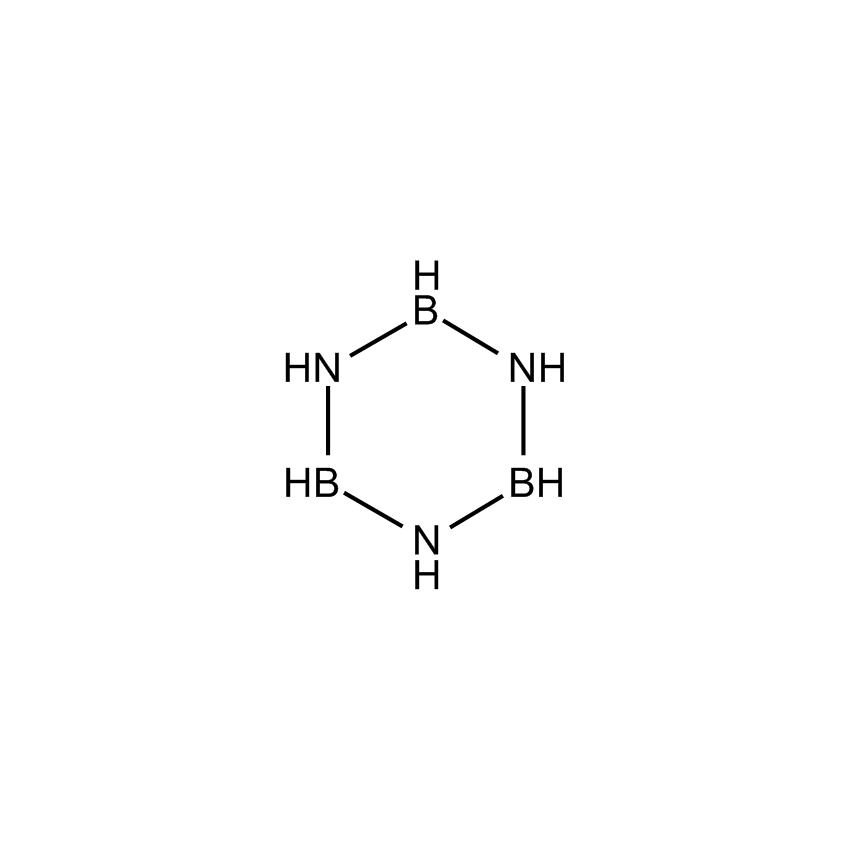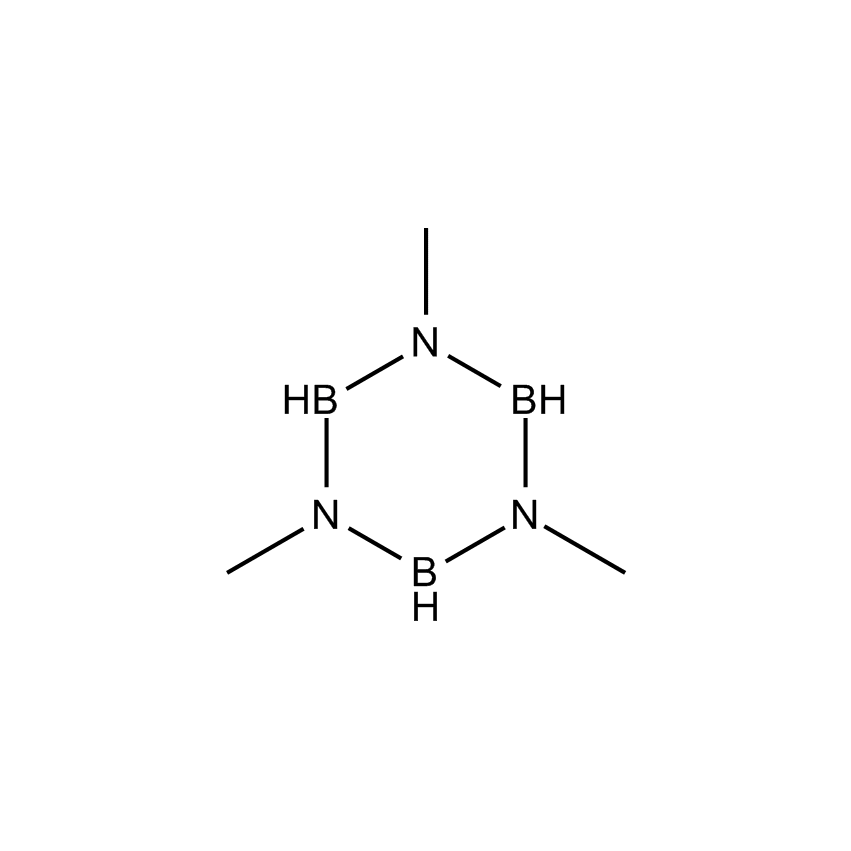Borazine is the preferred precursor for hexagonal boron nitride (h-BN) films with no carbon byproducts upon formation of boron nitride. Borazine forms h-BN films with: wide band gaps (5.955 eV); high thermal and chemical stability; and high electrical resistivity, thermal conductivity, and thermal shock resistance.
Gelest has a long history of producing borazine and is the leading supplier of borazine worldwide. Borazine is the preferred precursor for hexagonal boron nitride (h-BN) films as it has the correct B-N ratio, a B-N ring structure, and no carbon by-products upon formation of boron nitride. Hexagonal boron nitride is a material of great interest due to its wide band gap (5.955 eV)1, high thermal and chemical stability, high electrical resistivity, high thermal conductivity, and high thermal shock resistance. Two dimensional (2D) h-BN films can be grown by chemical vapor deposition (CVD) of borazine on a copper or nickel foil substrate. 2,3,4
1. Cassabois, G. et al., Nature Photonics 2016, 10, 262-266.
2. Gibb, A.L. et al., Microscopy and Microanalysis 2014, 20, 1770-1771.
3. Wu, Q.W. et al., Nanoscale 2015, 7, 7574-7579.
4. Jang, S.K. et al., Scientific Reports 2016, 6:30449, 1-9.
Hexagonal boron nitride films produced by CVD of borazine have been explored in several applications including semiconductors, optoelectronics, and high temperature ceramic coatings among others.5 Jang, et al. have demonstrated the use of h-BN films as gate dielectrics and measured the dielectric constant of h-BN films of varying thicknesses between gold substrates on a SiO2/Si substrate. The dielectric constant was 3-4 and was independent of film thickness (1.2 nm – 30 nm).4 Separately, Bao, et al. have investigated the heat dissipation capacity of h-BN films for use as lateral heat spreaders in electrically insulating packaging applications. Single layer films grown by CVD on a SiO2/Si substrate showed better cooling efficiency compared to micron films prepared by dispersion of boron nitride powder.6,7
4. Jang, S.K. et al., Scientific Reports 2016, 6:30449, 1-9.
5. Bonifazi, D. et al., Chem. Commun. 2015, 51, 15222-15236.
6. Bao, J. et al., J. Phys. D: Appl. Phys. 2016, 49 (26), 265501.
7. Bao, J. et al., Electron. Mater. Lett. 2016, 12 (1), 1-16.
Borazine and Trimethylborazine
Contact Gelest to request custom synthesis of other borazine derivatives.



